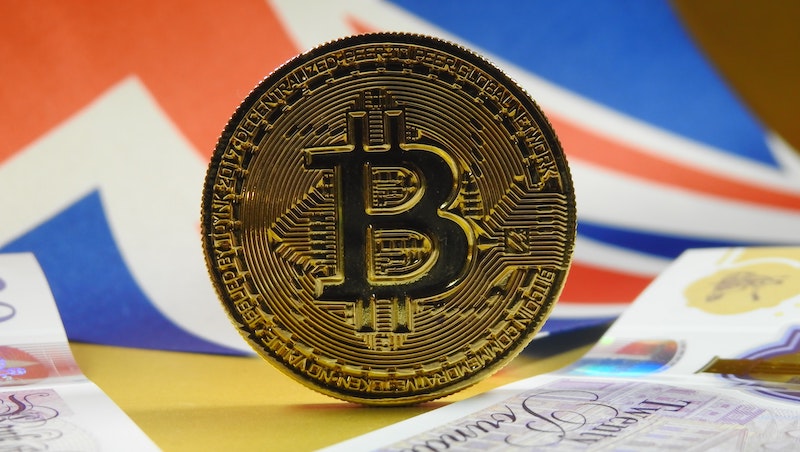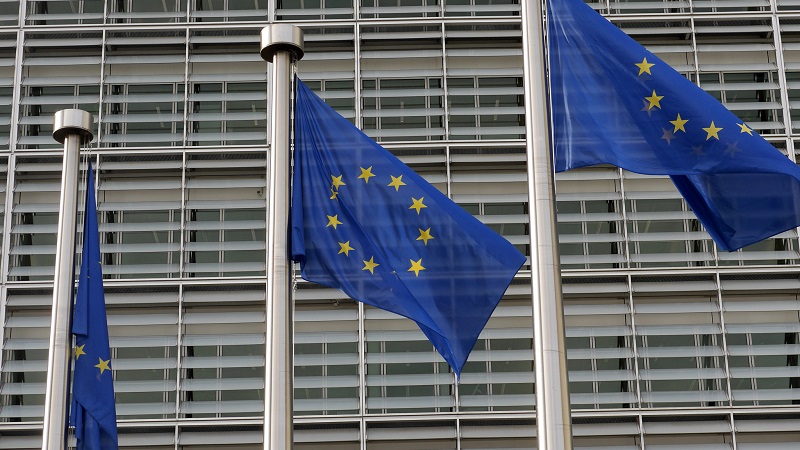Low growth, negative interest rates, higher unemployment and political risk have conspired to leave Europe firmly in the shade of more exciting and dynamic markets such as the US. But there are signs of a change of heart from domestic and global investors.
What has prompted this reappraisal?
Global investors appear to be rediscovering European equities: Morningstar data shows that there were positive flows into actively managed European equities in June – the first time in 28 consecutive months.
Equally, domestic investors are showing greater confidence.
Spanish investment body Inverco showed local investment funds experienced growth of almost €3.4bn (£3bn) in June, almost double that of the same month last year, as markets revived and investors returned to financial markets.
Admittedly, this new-found enthusiasm comes from a low base as sentiment towards European equities has been poor for several years.
John Husselbee, head of multi-asset at Liontrust Asset Management says: “The eurozone had a number of sticky patches coming out of the crisis that tested its resilience […]. After the Brexit vote it became clear that it would really need fiscal union for it to work properly, but every time it took steps towards it, the North/South divide reared up.”
European response to Covid means end consumer is holding up well
So, what has changed?
Maarten Geerdink, head of European Equities at NN Investment Partners, says the immediate reason for stronger flows into Europe is the virus dynamic.
“Europe appears to be handling the Covid-19 crisis somewhat better than the US, and given the strong social safety nets and furlough schemes across Europe, the end consumer also appears to be holding up well.”
Policymakers have been swift to act, both to curb the virus and stimulate the eurozone economy.
Daniel Pereira, investment research analyst at Square Mile Investment Consulting and Research, says: “Various governments across Europe appear to be providing vast amounts of stimulus relief. Also, the European Central Bank flexed its muscles when it announced a €750bn Pandemic Emergency Purchasing Programme (PEPP) in March.”
Husselbee says the chunky recovery fund showed strong collaboration from member states in Europe and marks the first tentative step towards fiscal union: “It showed a collective responsibility and response to a degree and magnitude not seen before.”
In the short-term, however, it has also helped ensure that European economies are recovering more quickly.
Stronger road to recovery helped by China ties
This quicker recovery is being seen in corporate earnings, which are currently running ahead of expectations across Europe.
Consumer goods groups Nestle and Danone have also done well, but potentially hard-hit areas such as car production and advertising have also held up better than expected.
Pereira says many European companies may be benefiting from the strong recovery in China.
The two behemoths have traditionally had strong trading links and this may have accelerated given the weakening ties between China and the US.
Political differences ahead of US election
Europe is benefiting from the weakness of the US in other ways.
After a lengthy period when Europe was in near-constant political turmoil, the US now looks to be more vulnerable.
Geerdink says: “Political dynamics are a key contributor. Investors are starting to get worried about the upcoming November election. President Donald Trump has floated the prospect of postponement and has suggested that the election will be rigged.
“Any lack of clarity in the results would be very negative for market sentiment as it would create significant uncertainty.”
A clear win for Biden might also take a toll on US equities: the Democratic hopeful is likely to increase corporate taxes and strengthen regulation.
He has particularly targeted the large technology companies that dominate the US indices. This could be prompting equity allocators to shift money away from US equities and towards Europe.
Their resolve may be strengthened by the current weakness of the dollar; US markets no longer have a natural tailwind.
Compare and contrast
Husselbee adds that Europe already had more compelling valuations versus the US. “In the global beauty parade, the US has become a very narrow market – arguably just four or five stocks.
“Global investors are not sure whether the technology names can grow forever. Europe looks more appealing in contrast.”
Another relevant factor may be the strong recent performance of sustainable and ESG-integrated strategies, which are well-represented in Europe.
These have largely outperformed their traditional counterparts year to date and throughout the Covid-19 crisis.
This may be drawing global investors to the region.
However, as the recent surge in Spanish cases has shown, Europe is not out of the woods.
The virus is capricious and even those who have dealt with the virus well have not necessarily been able to keep it under wraps.
Pereira says: “If there were another round of outbreaks, some European companies could struggle, particularly those operating in labour-intensive industries.”
The region has handled the crisis well, but it needs to hang on to its advantage.











